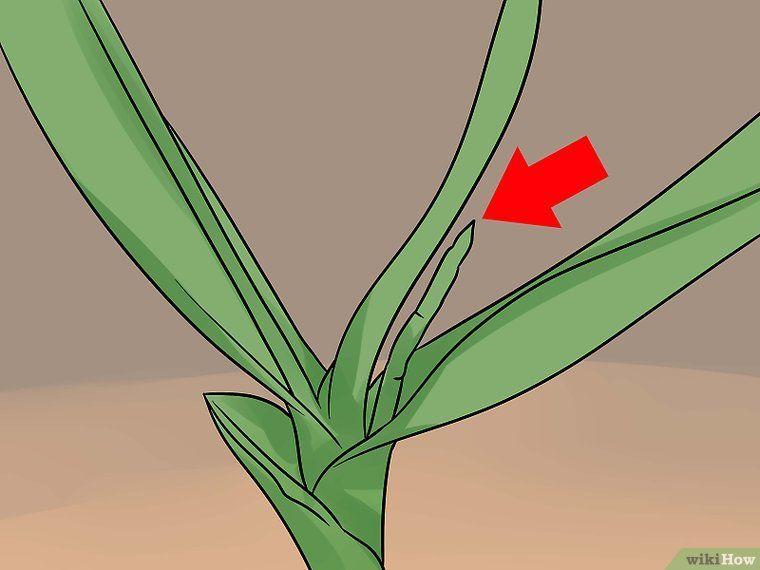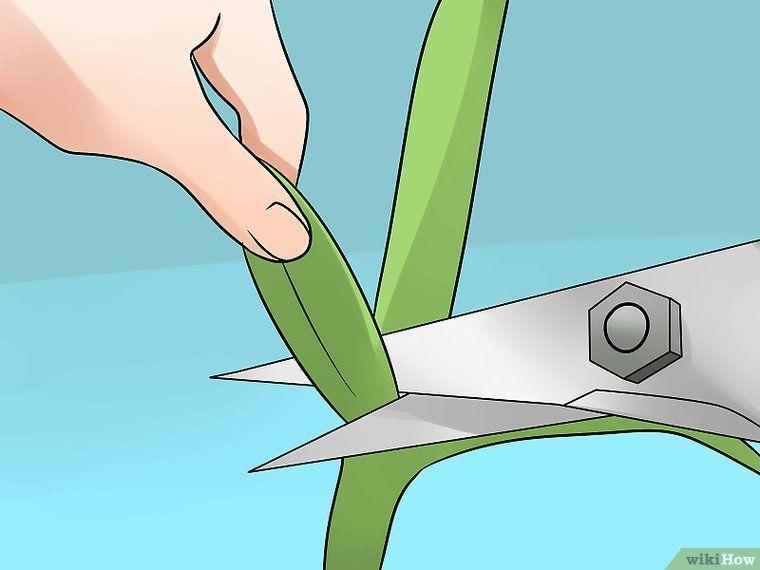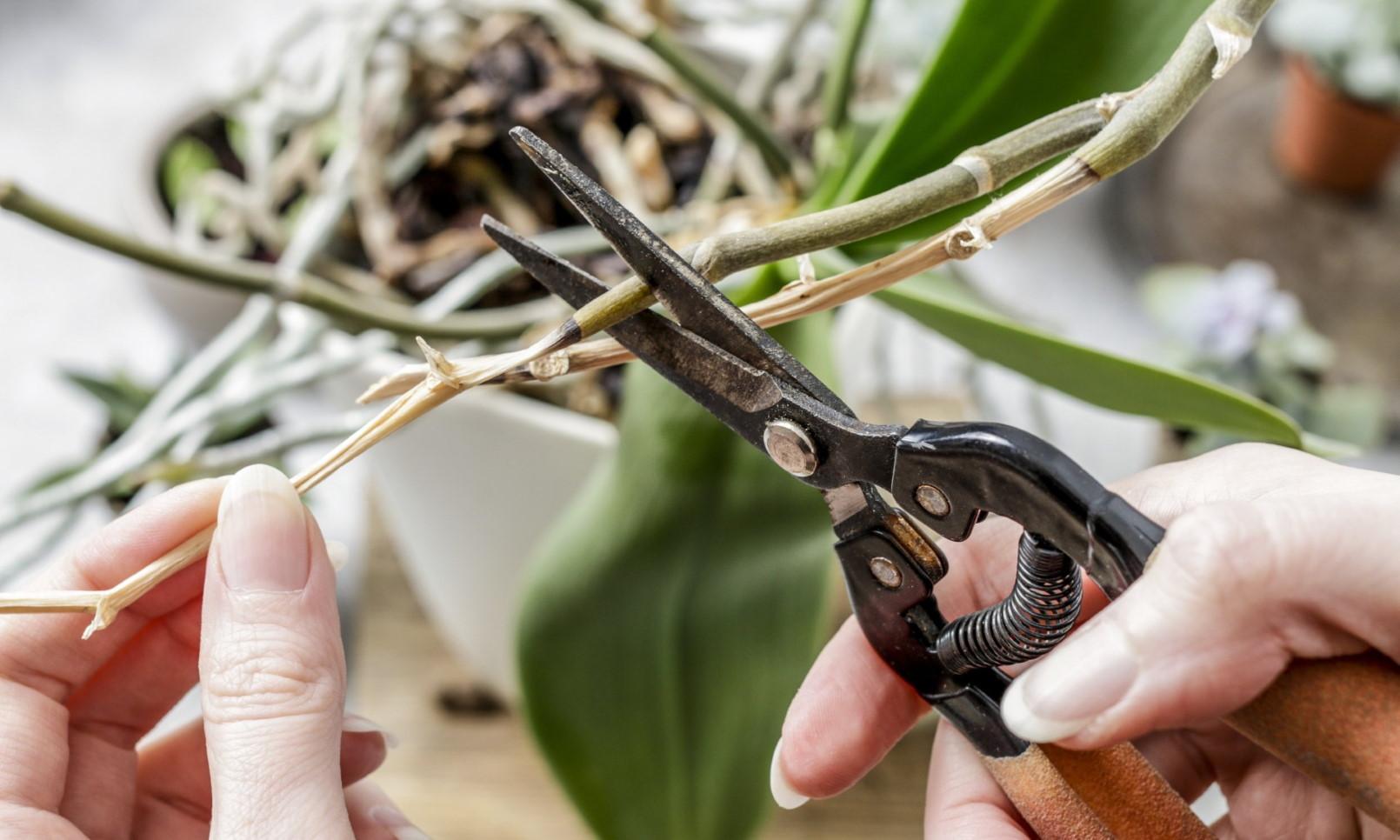Orchids have a delicate root system and foliage that are often vulnerable to damage from fungus, bacteria and pests. Trimming leaves can be a common response to these issues, but it’s important to consider the underlying problem and implement the correct remedy.
For example, if you notice an orchid leaf that has yellow spots and shriveled up, you might be dealing with fungal growth. This should be treated immediately and removed to prevent the spread of the disease.
How to prune orchid leaves
Whether your orchid is a phalaenopsis (monopodial) or an oncidium (sympodial), pruning can help keep it healthy and encourage new blooms. It’s best to prune an orchid after it has finished flowering so that the plant will be ready to re-bloom in the spring.
Orchids are slow-growing plants that require proper care to stay healthy and bloom. Their ideal conditions include a well-draining potting mix, adequate sunlight and regular repotting.
If your orchid is displaying wrinkled leaves, it could be an indication of overwatering. Water your plant per the care tag instructions, but do not let it dry out completely before watering again.

Wrinkled leaves can also be caused by crown rot, which is the most common fungal disease among orchids. If the problem is not cured, it can cause a plant to die in a week or less.
Pruning and trimming your orchid can be a difficult task, but it’s important to make the least number of cuts possible for the health of the plant. When cutting, sterilize the blades of your shears to prevent fungus and bacteria from spreading to other parts of the plant.
When to Prune an Orchid Leaf
Orchids are a beautiful addition to any garden but can be delicate and sensitive plants that require careful attention. Pruning your orchid can help it re-bloom once or twice a year, as well as reduce the chances of damage from insects and disease.

Orchid pruning differs depending on the type of plant. Monopodial orchids grow from one main stem and leaves appear opposite each other along the main stem, while sympodial orchids grow from pseudobulbs with eye-like structures above the soil level.
To prune your orchid, use sterilized pruning shears or scissors to remove dead or dry leaves and flower spikes. If your orchid is still in bloom, wait until it’s no longer producing flowers before trimming back the stalks to an inch above the roots.
Orchids don’t produce any new leaves or spikes during their “hibernation” period. This time is beneficial to the plant, as it allows it to rest and recover from stress.
Orchid Leaf pruning
Orchids are finicky plants that require the proper care. This includes a well-draining potting mix, plenty of light, and occasional repotting.

However, orchids are also susceptible to damage and disease. If you notice purple lesions, sunken yellow or brown spots, or shriveled leaves on your orchid plant, this is a sign of an underlying problem.
A weakened orchid may not be able to recover from the problems you find, so it’s a good idea to investigate why they occurred and correct any issues that may have arisen.
You may need to trim or prune your orchids’ leaves if they are becoming wilted or browned. This is best done during a dormant season.
Tips for Maintaining Healthy Leaves
There are a few different ways you can maintain healthy leaves for your orchids. First, you need to remove buildup on the leaf surface that prevents plants from absorbing moisture and breathing.
Secondly, you need to provide your orchids with the right amount of light. This means putting them in a location that receives indirect sunlight, such as an east-facing window.
Third, you need to keep the temperatures around your orchids consistent. These should be between 65 and 80 degrees Fahrenheit.
Fourth, you need to monitor your watering. Overwatering can cause root rot, which causes leaves to turn yellow and wilt.
Finally, you need to examine your orchids for signs of pests. These can include spider mites, scale insects, thrips, and mealybugs.
